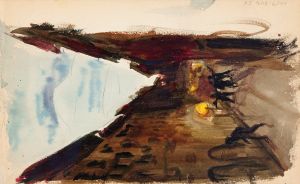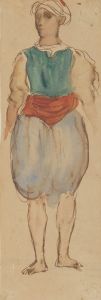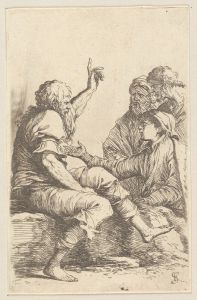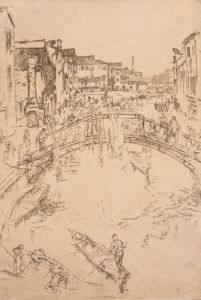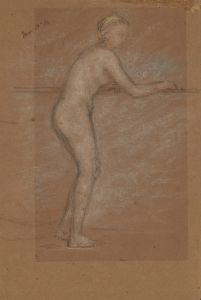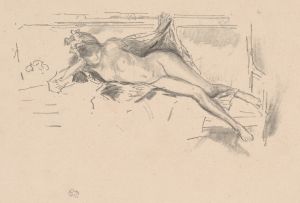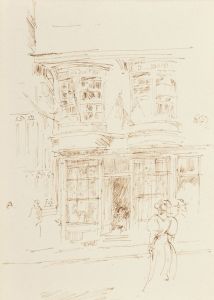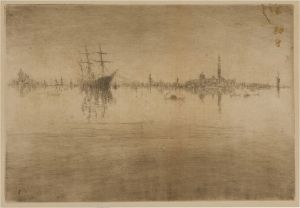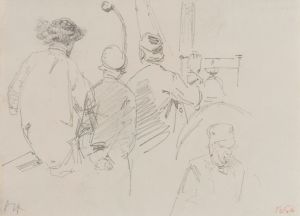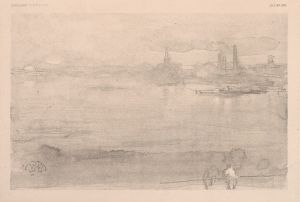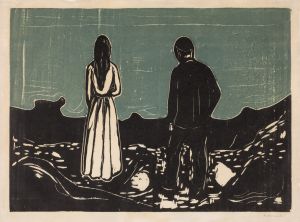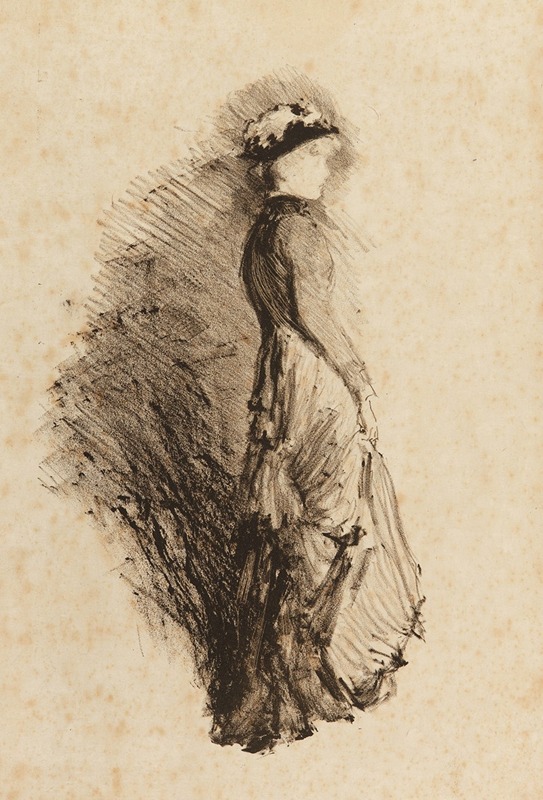
Study
A hand-painted replica of James Abbott McNeill Whistler’s masterpiece Study, meticulously crafted by professional artists to capture the true essence of the original. Each piece is created with museum-quality canvas and rare mineral pigments, carefully painted by experienced artists with delicate brushstrokes and rich, layered colors to perfectly recreate the texture of the original artwork. Unlike machine-printed reproductions, this hand-painted version brings the painting to life, infused with the artist’s emotions and skill in every stroke. Whether for personal collection or home decoration, it instantly elevates the artistic atmosphere of any space.
James Abbott McNeill Whistler was an American artist active during the late 19th century, known for his contributions to the Aesthetic Movement and his influence on the art world through his innovative techniques and distinctive style. One of his works, titled "Study," exemplifies his approach to art, which emphasized mood and atmosphere over detailed representation.
Whistler was born in Lowell, Massachusetts, in 1834, and spent much of his early life in Europe. He was deeply influenced by the art and culture he encountered there, particularly the works of the French Realists and the burgeoning Impressionist movement. Whistler's time in Paris and later in London shaped his artistic philosophy, which prioritized the harmony of color and form.
"Study" by Whistler is a testament to his belief in "art for art's sake," a principle that suggests art should not be didactic or serve a moral purpose but should be appreciated for its beauty and emotional resonance. This philosophy was central to the Aesthetic Movement, of which Whistler was a key figure. His works often focused on the interplay of light and shadow, subtle color palettes, and the creation of mood.
Whistler's technique in "Study" reflects his mastery of composition and his ability to convey emotion through minimalistic means. He often employed a limited color palette, using delicate brushwork to create a sense of depth and atmosphere. This approach can be seen in "Study," where the emphasis is on the overall impression rather than intricate detail.
Throughout his career, Whistler was known for his use of musical terminology in the titles of his works, such as "Nocturne," "Symphony," and "Arrangement." This practice underscores his belief in the parallels between music and painting, particularly in terms of harmony and composition. While specific details about the painting "Study" are limited, it is likely that the work embodies these principles, focusing on the aesthetic experience rather than narrative content.
Whistler's influence extended beyond his paintings; he was also known for his writings and his role in several high-profile legal battles, most notably the libel case against art critic John Ruskin. This case, which Whistler won, was significant in the art world as it highlighted the tensions between traditional art criticism and the emerging modernist movements.
In summary, "Study" by James Abbott McNeill Whistler is representative of his artistic philosophy and style. While specific information about this particular work is limited, it can be understood within the broader context of Whistler's oeuvre and his contributions to the Aesthetic Movement. His focus on mood, atmosphere, and the harmonious arrangement of color and form continues to be celebrated in the art world today.





